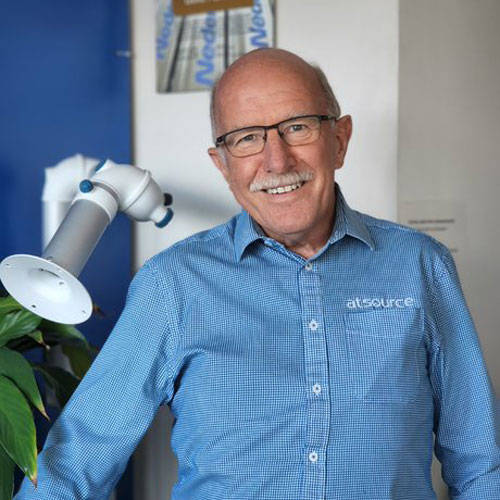The last quarter at AtSource has been interesting, to say the least… Our new Service Engineer, Michael, arrived, and he has been all over our beautiful country servicing systems of all kinds – touching the most Eastern point as well as the most Western! Some of you in the far South will have met him already, and he’ll be making his way to the far North sometime soon! I think he is wondering what he’s got himself into…
We appreciate him helping us achieve our nationwide servicing commitments, and assisting at our stand at the recent SouthMach Show in Christchurch.
There, AtSource exhibited Nederman Hose and Cable Reels, Nederman Extraction products and systems, plus our new Pronomar Drying Systems.
This is an exciting opportunity for us as well as our clients, and a continuation of our philosophy of providing safe and comfortable working environments. We now provide clean, safe and dry work environments!
We do a lot of work that supports our Emergency Services and Military Personnel throughout New Zealand. The provision of systems that dry their specialist protective clothing is a logical extension to our range of products, and is being well received throughout New Zealand – with many systems in place already, and word is spreading! Like the heat through their protective clothing… (sorry, couldn’t help ourselves!)
It’s not just Michael who is keeping busy – every staff member has been busy with travel, engineering, estimating, project managing, inward-shipping and dispatching, accounts, and all that goes into a business.
We are embracing both new opportunities, and also many examples of repeat business with satisfied long term clients.
Those repeat business experiences are particularly rewarding. It is very special to deal with people where there is a long standing mutual friendship and trust – business at its best!



